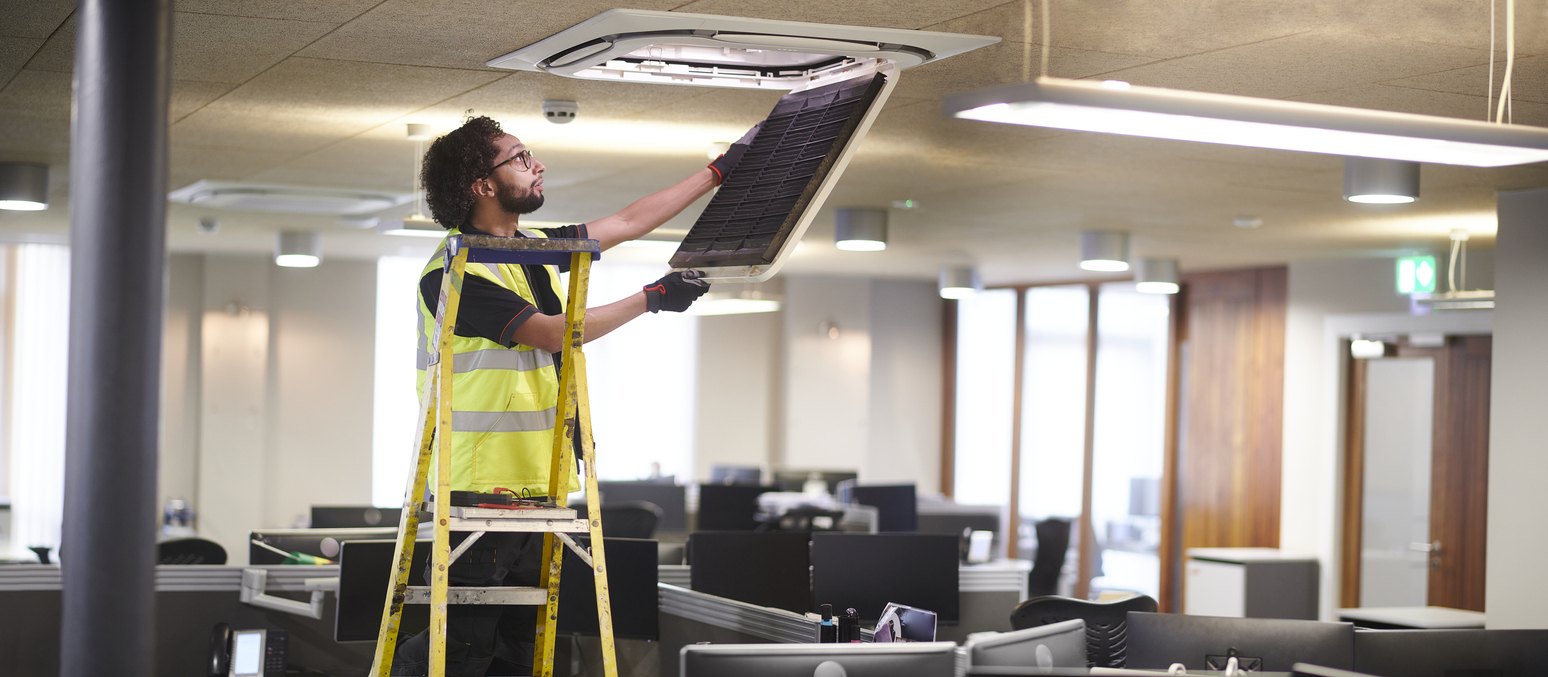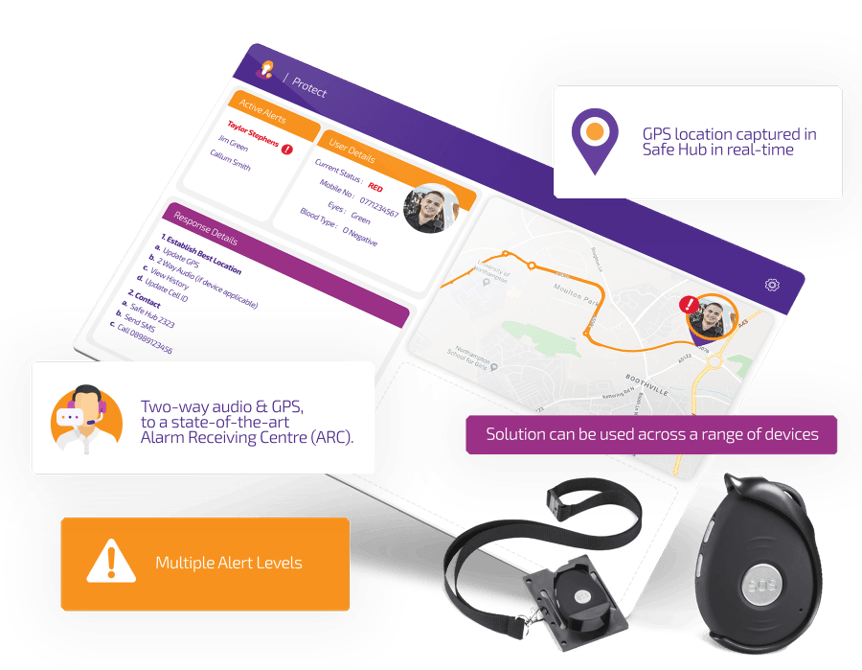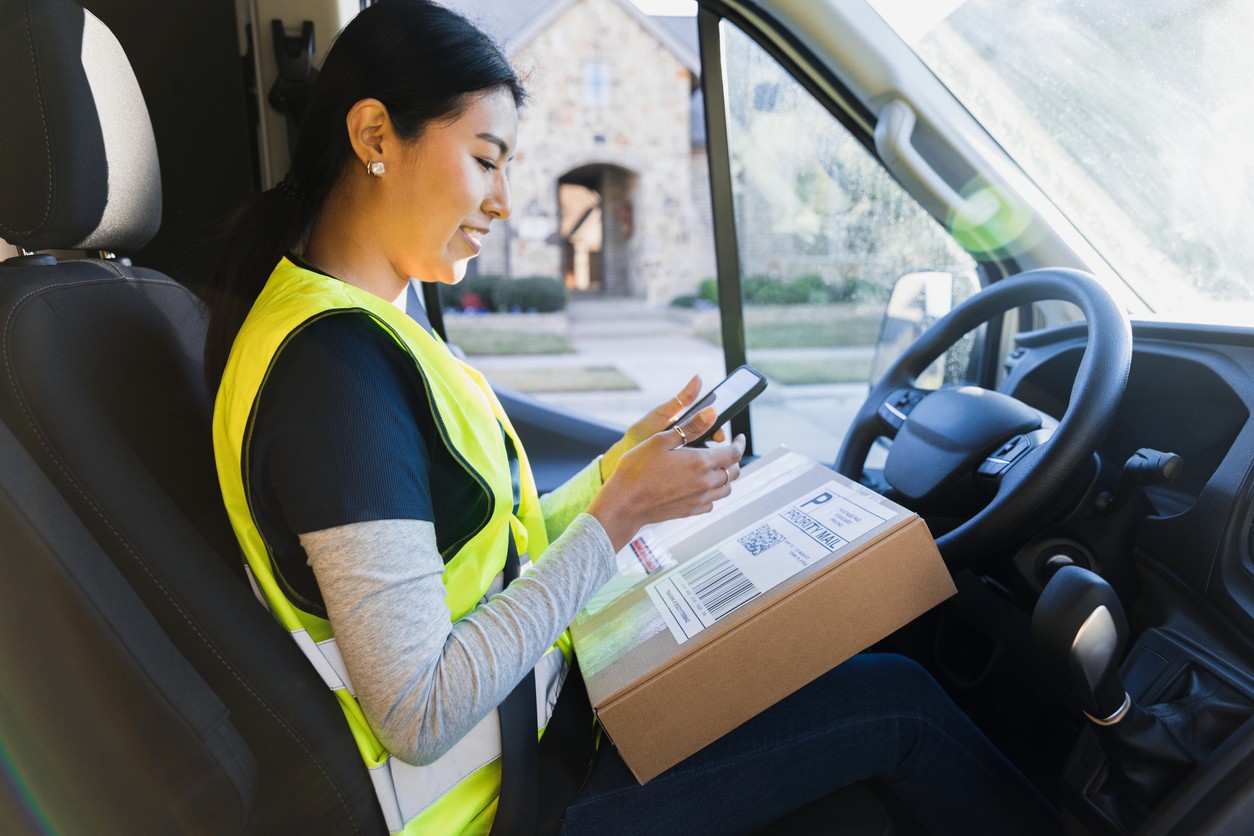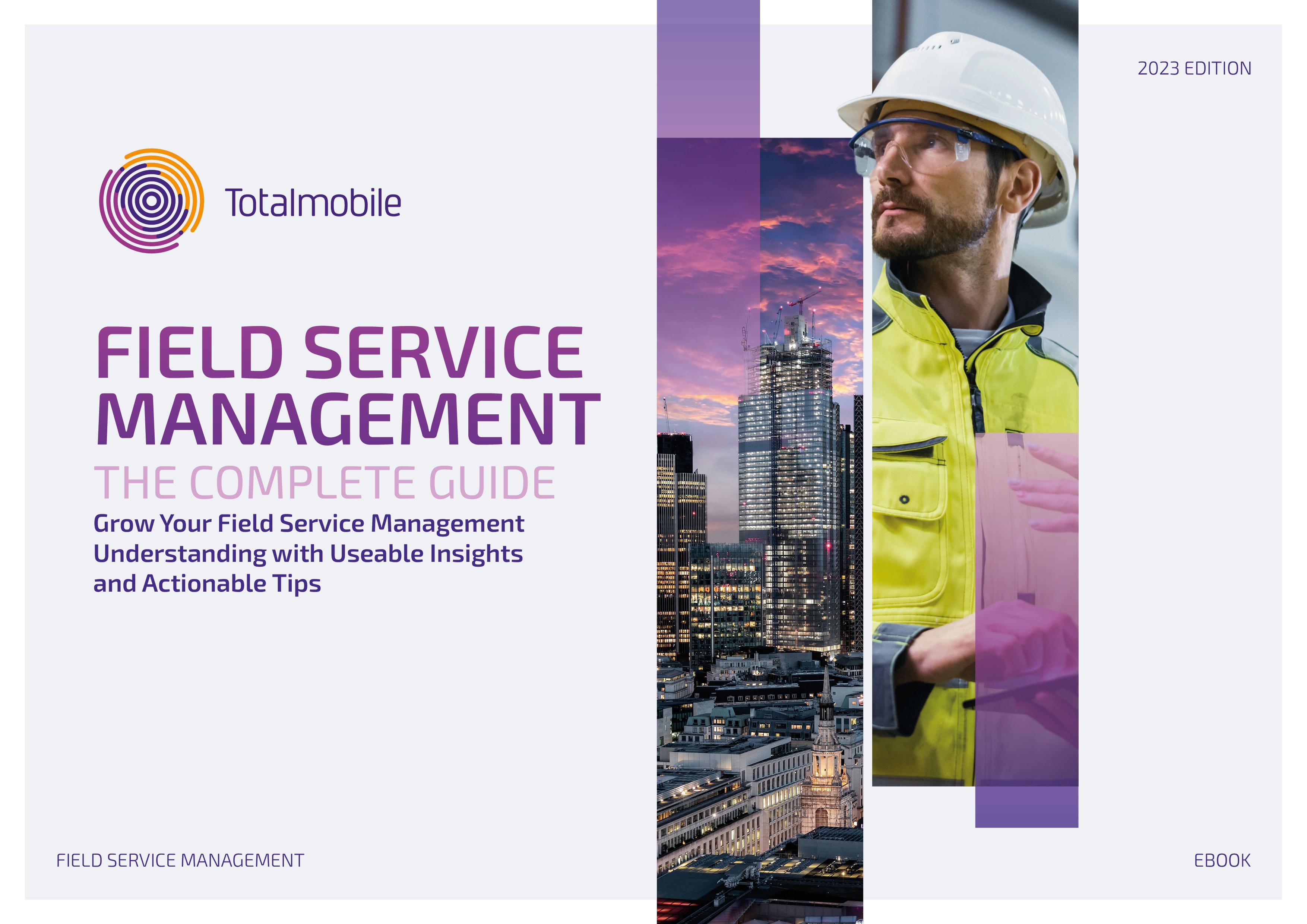Lone Working
Lone working is present at every level of the economy. From delivery drivers to detectives, they are more prevalent than ever. With technological advancements, many employees now work alone, without direct supervision from supervisors or colleagues.
Understanding the risks and taking proactive measures to ensure the safety of lone workers is now crucial for employers. This comprehensive guide provides a deeper insight into who lone workers are, their risks, and practical solutions to assure workplace safety. Grab a coffee. This is a long (but worthwhile) read.
What is a Lone Worker?
A lone worker is an individual who carries out their work without the presence of supervisors or colleagues offering direct support. Lone workers, as defined by the HSE, are individuals who carry out their tasks without being closely or directly supervised.
What is Lone Working?
Lone working encompasses a wide range of tasks and scenarios. It encompasses situations where a colleague cannot see or hear an employee for the entirety or part of their working day. This definition also extends to individuals working from home.
Lone working may conjure images of complete isolation, such as a security guard patrolling a building at night or an engineer working in a remote location. This, however, is rarely the case. Lone working does not always mean complete solitude. Lone working can happen with people around or in busy places and also includes staff who work remotely.
What is a hidden lone worker?
This is why identifying your “hidden lone workers” is crucial. Hidden lone workers might be present at the same location, but they are not visible or audible to their coworkers. They may work alone in a different area or work late after everyone else leaves. Hidden lone workers can also include employees left alone while a colleague takes a break.

Which industries have lone workers?
Lone workers are found across every level of the economy. The Health and Safety Executive (HSE) recognises those working from home as lone workers, highlighting the need for employers to ensure their safety and well-being. The pandemic cemented working from home for the masses, with roles previously office-bound now becoming remote.
There are calls for this to change, with some employers walking back initial offerings of remote-first contracts. Over a third of UK office workers continue to work from home, despite calls to return to pre-pandemic workplaces (BBC Worklife).
Outside of working from home, the number of lone workers in the UK still rises, making up 22% of the 31.2 million working population. Lone workers are common in utilities, housing, healthcare, charities and not-for-profits, retail and hospitality, construction, and corporate businesses. Remote engineers, field service staff, maintenance and repair staff, estate agents, surveyors, meter readers, health visitors, paramedics, security guards, office workers, and many more are lone-working job roles.
What are the risks and hazards of lone working?
Safeguarding your team from risks faced is integral to your duty of care as an employer. This is especially true with lone workers. Working alone without immediate support can expose lone workers to risks and hazards, especially in an emergency situation. Therefore, you must take a proactive approach to safety at work regulations for lone workers.
- Accidental Injuries: Lone workers are vulnerable to accidents and injuries. Moreover, the absence of colleagues to assist or alert others in emergencies can exacerbate this. Slips, trips, and falls are among the most common accidents, accounting for a significant portion of workplace injuries. Handling, lifting, or carrying heavy objects can also lead to strains, sprains, or other musculoskeletal issues.
- Environmental Hazards: Lone workers often operate in diverse environments, exposing them to various environmental hazards. These hazards include extreme weather conditions, exposure to hazardous substances, or working at height.
- Occupational Violence: People who work alone face an increased risk of encountering violence while performing their duties. This risk is exceptionally high in roles that involve interactions with vulnerable individuals or handling valuables. According to a survey by the Suzy Lamplugh Trust, 81% of lone workers worry about violence and aggression. Additionally, the survey found that 1 in 10 lone workers have been physically attacked.
- Healthcare Industry: From scheduling patient appointments to managing medical equipment maintenance, job management software can streamline operations in the healthcare industry. It ensures all tasks are handled efficiently, and patient care is not compromised.
See how our lone worker protection can be applied across various industries to streamline operations.
What are the mental health risks of lone working?
It’s crucial to be mindful of the impact of lone working risks on your employees’ mental health. Left unaddressed, these risks could lead to distress, depression, and anxiety, negatively affecting their confidence and self-esteem.
- Loneliness and Isolation: Lone workers often face extended periods of isolation, leading to feelings of loneliness. Unlike traditional office settings with constant interaction, lone workers lack frequent opportunities to discuss concerns or converse with colleagues. This isolation becomes particularly challenging during emotionally taxing workplace situations.
- Feeling Disconnected: Lone workers can sometimes feel disconnected from their organisation. Remote workers, in particular, might miss company information and the enjoyable aspects of team camaraderie and support. To combat disconnection, ensure that lone workers feel like valued team members. Organise regular office meetings or virtual gatherings to share successes, challenges, and business updates.
- Mitigating Stress Levels: Stress is a significant concern for lone workers, as it can lead to work-related issues and impact overall mental health. Tight schedules, excessive workloads, and time pressures can all elevate stress levels. Collaborate closely with lone workers to understand the time required for various tasks and potential obstacles. This knowledge will help establish realistic targets and ensure their workload is manageable.
- Empowering Decision-Making: The burden of decision-making can be overwhelming for lone workers, especially when they lack immediate colleagues to seek advice from. Clarify decision-making authority levels within your organisation, empowering lone workers to make appropriate choices within their responsibilities.
Lone Worker Legislation and Responsibilities
Legal Responsibilities of Employers
Ensuring the safety and well-being of your lone workers is not just good practice; it is a legal obligation. To effectively manage lone worker safety, you should undertake the following steps:
Conduct Thorough Risk Assessments
You must conduct comprehensive risk assessments identifying potential hazards and risks your lone workers face. This process involves evaluating the working environment, tasks, and any external factors that may impact lone worker safety.
Establish Health and Safety Policies
You should establish and implement robust health and safety policies and procedures that address the unique challenges of lone working. These policies should cover lone worker communication, emergency procedures, and incident reporting.
Training
From the outset, your organisation is responsible for providing adequate training, supervision and monitoring to lone workers. This includes training on risk awareness, management of health, safety procedures, and using any lone worker safety equipment or technology provided.
Ongoing Review
You should regularly review and update your lone worker policies and procedures to ensure their effectiveness. This may involve incorporating new technologies or addressing emerging risks.
Lone Worker Legislation and Responsibilities
Legal Responsibilities of Lone Workers
Your lone workers are also legally responsible for caring for their health and safety and avoid putting other employed people at risk. This includes:
Compliance with Safety Policies
Lone workers must comply with the health and safety policies and procedures put in place by their employers. They should actively participate in any training provided and follow the recommended safety protocols.
Reporting Hazards and Incidents
Lone workers must report any hazards or incidents they encounter while working alone. This includes reporting near misses, accidents, or any changes in the working environment that may affect their safety.
Coordinating with Employers
Lone workers should maintain regular communication with their employers, especially when working in remote or hazardous locations. They should inform their employers of their whereabouts and any changes to their schedule.
Lone Worker Legislation and Penalties
Several essential health and safety legislations apply to lone working in the UK. These include the Health and Safety at Work Act, Control of Substances Hazardous to Health (COSHH) Regulations, Reporting of Injuries, Diseases and Dangerous Occurrences Regulations (RIDDOR), and others. Non-compliance with these legislations can result in penalties, including fines and legal consequences for employers.
Researching, understanding and adhering to these legislations is vital to ensure your lone workers’ safety and avoid potential legal ramifications. Follow the links above to learn more about each legislation.

Ensuring Lone Worker Safety
Various solutions and technologies are available to ensure lone workers’ safety. These solutions aim to provide lone workers with the means to raise alerts, communicate with their employers or a central monitoring station, and receive timely assistance if needed. Some common types of lone-worker solutions include:
- Personal Safety Devices: These devices, such as panic buttons or wearable devices, allow lone workers to send distress signals or alerts in case of an emergency. These devices often incorporate GPS tracking to pinpoint the lone worker’s location.
- Mobile Apps: Smartphone apps designed for lone worker safety provide a convenient and versatile solution. These apps often include features such as panic buttons, location tracking, check-ins, and two-way communication with a monitoring hub.

Totalmobile’s Protect
Totalmobile’s Protect is an example of a comprehensive lone-worker safety solution that combines various features to enhance lone-worker safety. This fully managed solution enables lone workers to raise alerts, contact an Alarm Receiving Centre (ARC), and request emergency assistance if required. Some key features of Protect include:
- Software Alerts: Protect offers a range of configurable alerts that enable lone workers to call for help when needed. These alerts include “Red Alert” for instant emergency services, “Virtual Buddy” for reassurance in high-risk environments, and others.
- GPS Tracking: Protect provides GPS tracking capabilities, allowing organisations to monitor the real-time location of lone workers. This feature enhances safety and enables quick response in case of emergencies.
- Worker Down Alert: Protect includes a “Worker Down” alert that automatically raises the alarm if it detects an impact or fall. This is especially vital in situations where the lone worker cannot raise the alarm themselves.
- Hardware and Device Options: Protect supports many lone worker devices, including SOS fobs, badges, smartphone apps, and more. This allows organisations to choose the device that best suits the needs of their lone workers.
Benefits of Totalmobile
Totalmobile’s Protect offers several benefits for organisations looking to ensure the safety of their lone workers:
Ease of Deployment: Totalmobile’s Protect is easy to deploy and integrate into existing systems. You can quickly implement Protect without significant disruptions to your organisation’s operations.
Scalability: Protect can scale to accommodate the needs of organisations of all sizes, whether they have a few lone workers or a large workforce spread across multiple locations.
Full-Service Support: Totalmobile provides a fully managed service for Protect, offering support seven days a week. This ensures organisations like yours can rely on Totalmobile’s expertise and assistance in maintaining and optimising their lone worker safety solution.

Conclusion
In conclusion, lone working has become an integral part of today’s workforce. Employers have a legal and ethical responsibility to ensure the safety and well-being of their lone workers. Stay informed about laws for lone workers and meet legal requirements to ensure a safe working environment for them. By taking proactive measures and investing in comprehensive lone-worker safety solutions, you too can foster a culture of safety and well-being.








